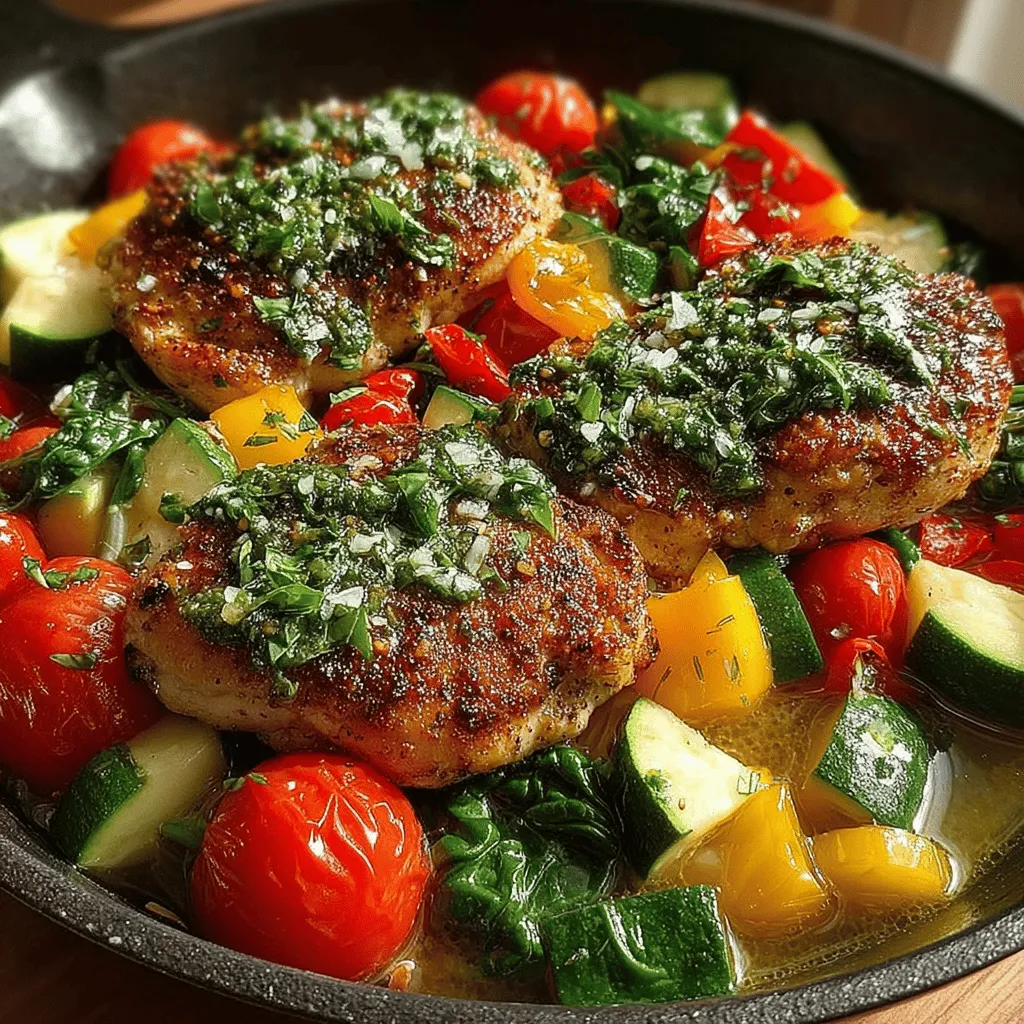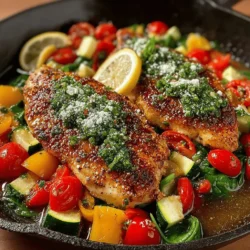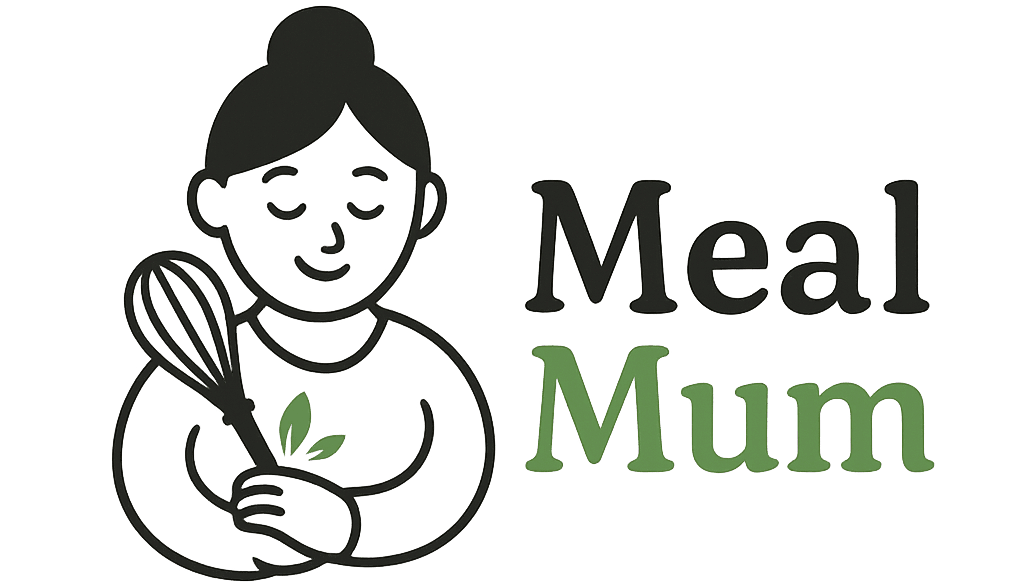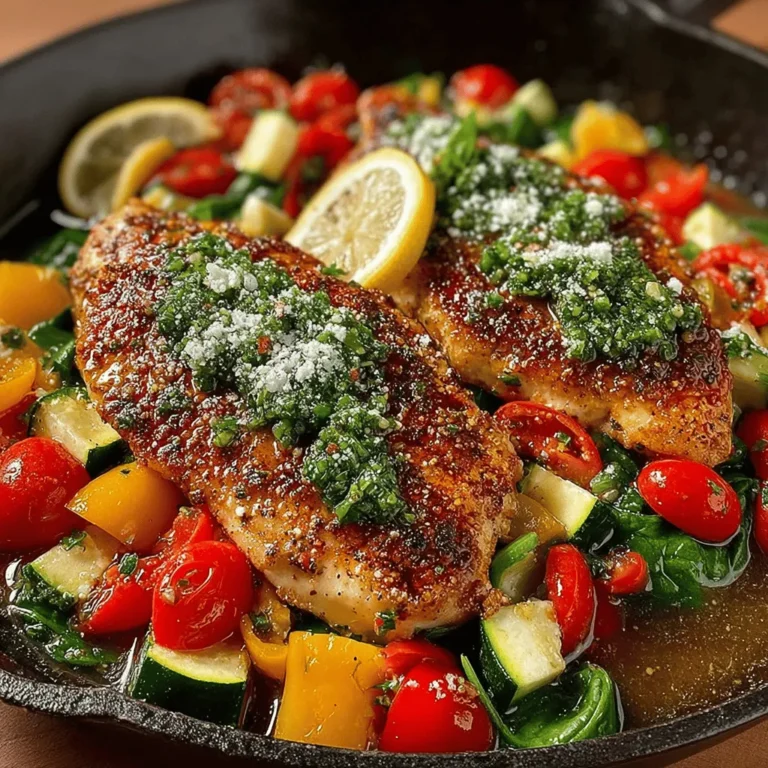Fresh Summer Chicken Skillet: A Delightful and Nutritious Recipe
Introduction
As the sun shines brighter and the days grow longer, summer inspires a culinary shift toward fresh, vibrant meals that celebrate the season’s bounty. Summer recipes evoke feelings of warmth and joy, bringing to mind picnics, barbecues, and outdoor dining with family and friends. Among the many options available, the Fresh Summer Chicken Skillet stands out as an ideal dish to capture the essence of summer cooking. It combines lean protein, colorful vegetables, and aromatic herbs, creating a meal that is not only delicious but also nourishing.
The beauty of this recipe lies in its simplicity and the emphasis on fresh ingredients. Utilizing seasonal produce enhances the flavors and nutritional value of the dish, making it a perfect choice for health-conscious eaters. In this article, we will delve into the details of preparing the Fresh Summer Chicken Skillet, exploring its key ingredients, and providing step-by-step instructions for creating this delightful dish.
Understanding the Ingredients
To create a truly exceptional Fresh Summer Chicken Skillet, it is essential to understand the key ingredients that contribute to its flavor and nutritional profile. The primary components of this recipe include chicken breasts, a variety of seasonal vegetables, and a selection of fresh herbs and spices.
Chicken Breasts
At the heart of this skillet dish are chicken breasts, a popular source of lean protein that is both versatile and easy to cook. Chicken breasts are low in fat and high in protein, making them an excellent choice for those looking to maintain a balanced diet. They are also rich in essential nutrients such as B vitamins, which are crucial for energy production and metabolic health. When properly seasoned and cooked, chicken breasts can be incredibly juicy and flavorful, providing a satisfying base for the skillet meal.
Vegetables
The Fresh Summer Chicken Skillet features a colorful array of seasonal vegetables that not only enhance the dish’s visual appeal but also contribute to its overall health benefits. Common choices include bell peppers, zucchini, cherry tomatoes, and corn, which are all at their peak during the summer months. These vegetables are packed with vitamins, minerals, and antioxidants that support overall wellness. For instance, bell peppers are rich in vitamin C, which supports the immune system, while zucchini is a great source of hydration due to its high water content.
Incorporating vegetables into your meals is a great way to boost dietary fiber, which aids digestion and promotes a feeling of fullness. When sautéed alongside the chicken, these vegetables absorb flavorful seasonings and contribute their natural sweetness, creating a harmonious blend of tastes.
Fresh Herbs and Spices
No summer dish is complete without the vibrant flavors offered by fresh herbs and spices. In the Fresh Summer Chicken Skillet, ingredients like basil, thyme, and garlic are essential for enhancing the overall profile of the dish. Fresh herbs provide a burst of flavor that dried herbs simply cannot replicate, making them ideal for summer cooking when the herbs are at their most fragrant.
In addition to flavor, fresh herbs bring numerous health benefits, including anti-inflammatory properties and antioxidants that help protect the body from oxidative stress. Garlic, in particular, is known for its immune-boosting properties and adds a depth of flavor that pairs beautifully with the chicken and vegetables.
Preparing the Chicken
The preparation of the chicken is a crucial step in ensuring the success of your Fresh Summer Chicken Skillet. Proper seasoning and marination can transform ordinary chicken breasts into a flavorful, succulent centerpiece for your meal.
Seasoning Process
Start by seasoning the chicken breasts with a mixture of salt, pepper, and your choice of herbs. A simple blend of Italian seasoning or a dash of paprika can add depth without overpowering the dish. To maximize flavor absorption, it’s beneficial to season the chicken at least 30 minutes before cooking. If time permits, marinating the chicken in a mixture of olive oil, lemon juice, and herbs for a few hours can elevate the taste further, infusing the meat with moisture and flavor.
Marinating for Flavor
Marinating is an essential technique that enhances the flavor and tenderness of the chicken. While a marinade is not strictly necessary, it is highly recommended for achieving the best results. A typical marinade for the Fresh Summer Chicken Skillet might include olive oil, freshly squeezed lemon juice, minced garlic, and chopped herbs. The acid from the lemon juice helps to break down the proteins in the chicken, resulting in a more tender texture.
As you marinate the chicken, consider the balance of flavors. Adding a touch of honey or a splash of balsamic vinegar can introduce a subtle sweetness that complements the savory elements of the dish.
Cooking Safely and Properly
When it comes to cooking chicken, food safety is paramount. Always ensure that the chicken is thoroughly cooked to an internal temperature of 165°F (75°C) to eliminate harmful bacteria. Using a meat thermometer can help you accurately gauge the temperature, ensuring that your chicken is both safe to eat and perfectly cooked.
Cooking the Chicken to Perfection
Once the chicken is prepared, it’s time to cook it to perfection. Using a skillet is an excellent method for achieving a desirable texture and flavor, as the high heat allows for quick cooking while retaining moisture.
Sautéing Process
Begin by preheating your skillet over medium-high heat and adding a drizzle of olive oil. Allow the oil to heat until it shimmers before adding the marinated chicken breasts. Sauté the chicken for about 6-7 minutes on each side, depending on the thickness of the breasts. The goal is to achieve a golden-brown crust while ensuring the inside remains juicy.
Skillet Heat Management
Managing the heat of the skillet is crucial for optimal cooking. If the heat is too high, the outside of the chicken may cook too quickly, leaving the inside undercooked. Conversely, cooking at too low a temperature might result in dry chicken. A medium-high heat strikes the perfect balance, allowing for a nicely seared exterior while cooking the chicken through evenly.
Achieving a Golden-Brown Finish
To achieve that coveted golden-brown finish, resist the temptation to move the chicken around too much while it cooks. Allowing it to sear undisturbed for a few minutes will create a flavorful crust. Once you flip the chicken, you can add a little more olive oil or a pat of butter to enhance richness and flavor.
Sautéing the Vegetables
After the chicken is cooked, remove it from the skillet and let it rest while you sauté the vegetables. This step is essential for allowing the juices to redistribute in the chicken, ensuring that it remains tender and flavorful.
Preparing and Cooking the Vegetables
In the same skillet, add a bit more olive oil if necessary, and then introduce your prepared vegetables. Start with the ones that require longer cooking times, such as bell peppers and zucchini, and follow with quicker-cooking options like cherry tomatoes and corn. Sauté the vegetables for about 5-7 minutes, stirring frequently, until they are tender yet still vibrant in color.
The residual flavors from the chicken will infuse the vegetables, creating a delightful medley that complements the dish perfectly. Season the vegetables with salt, pepper, and a sprinkle of fresh herbs, allowing their natural flavors to shine.
In the next part of the article, we will explore how to combine the chicken and vegetables, serve the Fresh Summer Chicken Skillet, and offer some creative serving suggestions that will make this dish a standout at any summer gathering.



